Al_Sham [she/her]
Here for the people who investigate
- 1 Post
- 860 Comments
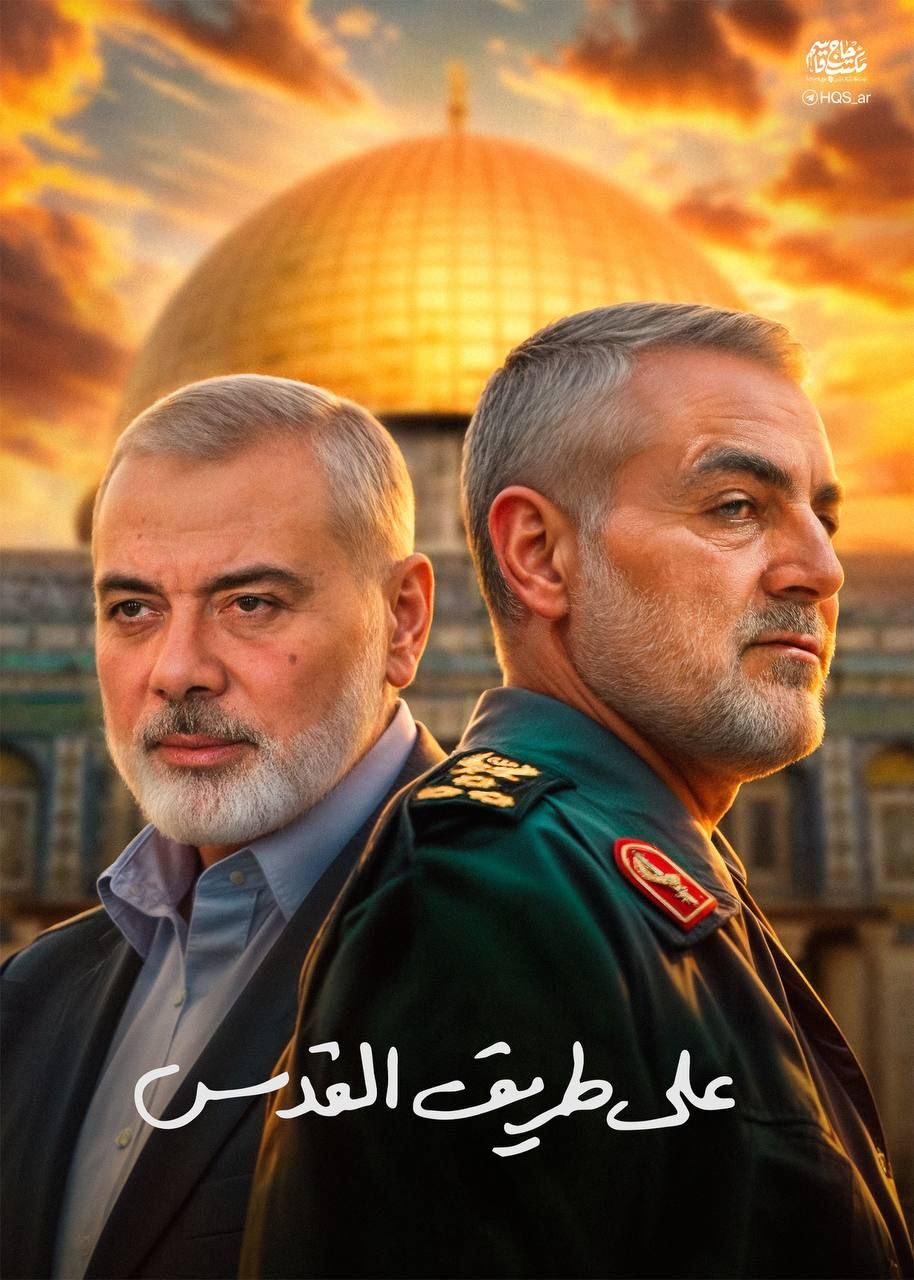
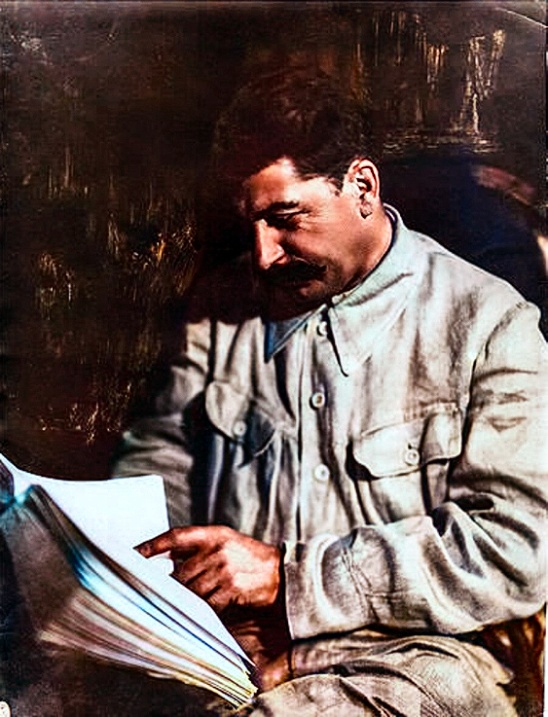
Consider this:
-
Since October 2023, Hezbollah has been clear that the Lebanon front will only cease when the siege of Gaza ends.
-
The Palestinian Resistance in Gaza has affirmed an unshakeable position since at least December 2023 that the only acceptable ceasefire will require the withdrawal of ALL occupation forces from Gaza.
-
The Zionist occupiers have set up semi-permanent outposts at both the “Netzarim corridor” and “Pheladelphi corridor” in Gaza and have explicitly stated they intend to completely ethnically cleanse North Gaza and occupy it and they are currently in the process of attempting this.
Now let’s ask:
-
How then are people under this delusion that some sort of “ceasefire” is in the near fiture regarding the US-NATO-israeli war on Lebanon?
-
Who benefits from propagating this delusion?
-



For the 32nd year in a row, the United Nations votes overwhelmingly to end the US embargo on Cuba. The vote today was 187-2.
Countries voting against: United States & “Israel”


Dropsite news is a limited hangout


Unhinged comment but I do hope Mehdi Hassan gets it though. Two-faced normalizer sellout.


Sheikh Naim Qassem is the new SG of Hezbollah
Hezbollah’s Shura Council announced that it had elected Sheikh Naim Qassem as the party’s Secretary-General, succeeding Martyr Sayyed Hassan Nasrallah. This decision, “grounded in the principles of true Islam and the steadfast ideals of Hezbollah, follows the party’s established procedures for selecting the Secretary-General,” according to Hezbollah’s statement.
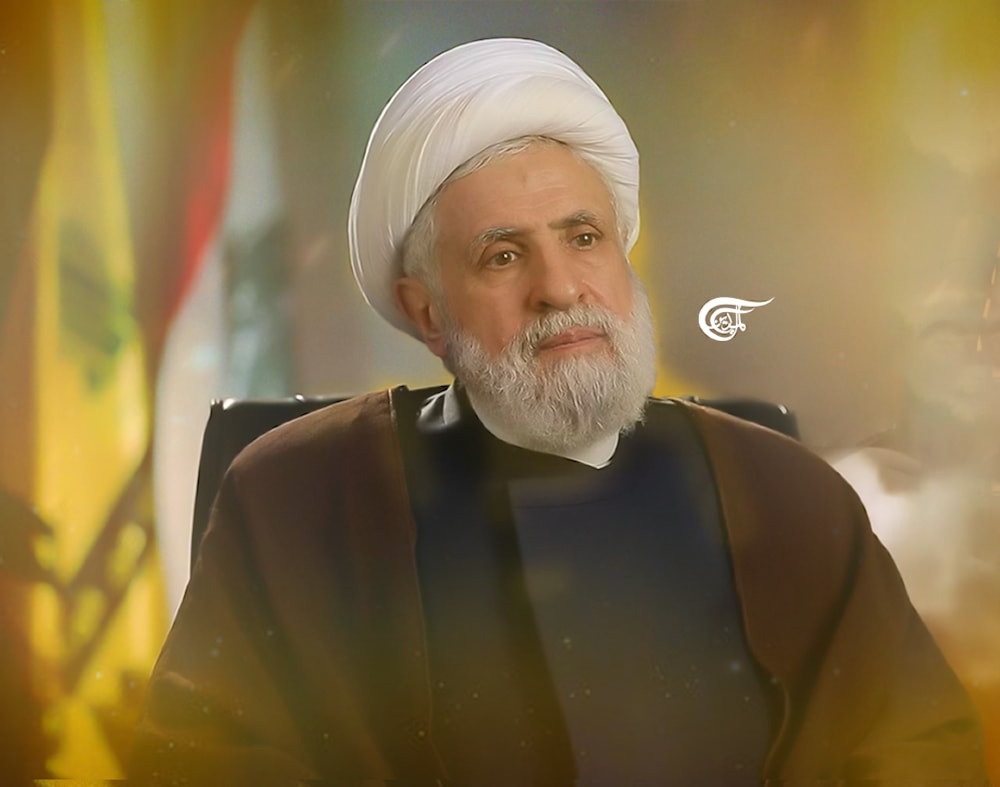


If this guy told me that water is wet then I’d go to the sink to confirm


White guy nazi war criminal: arming Ukrainian paramilitaries against Russia was a bad idea, believe me I’m an American Patriot™️
Zionazis: “Douglas Macgregor is a friend”
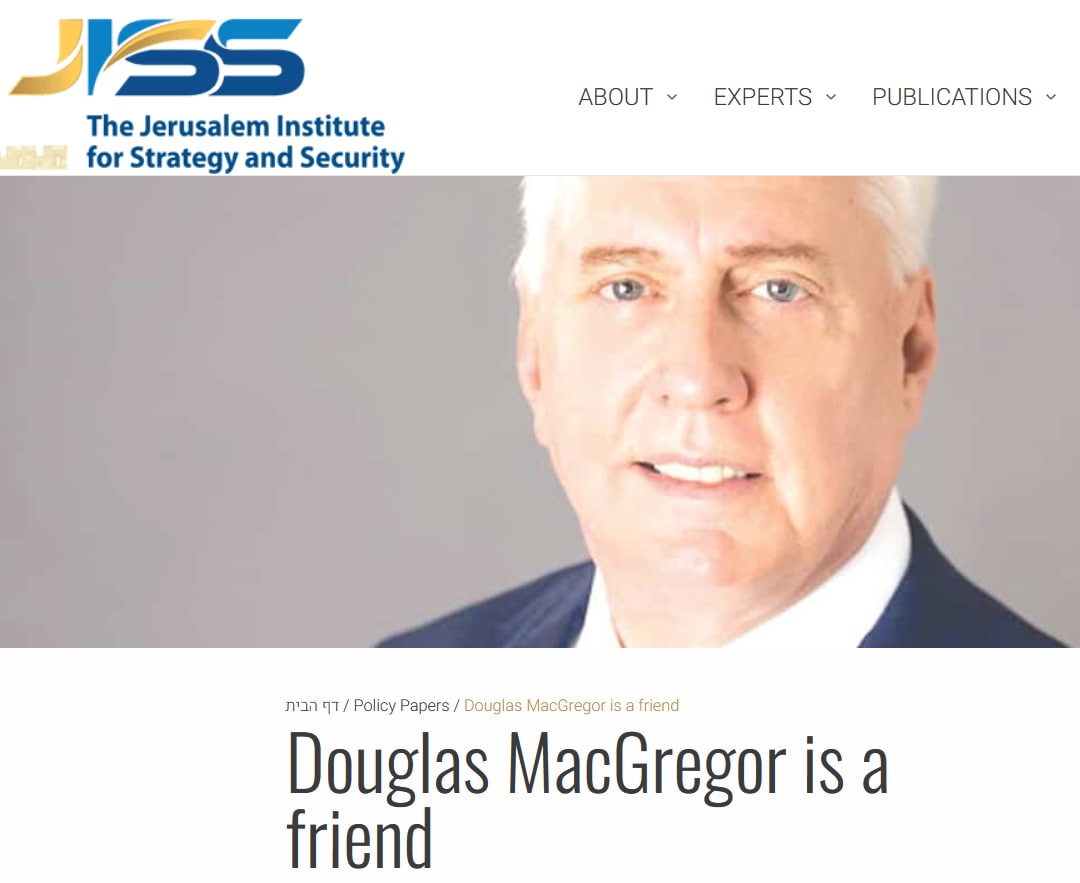
Supposedly Multipolarity people: omg he’s sooo insightful!



Can someone please explain why this guy, who helped plan the NATO bombing of Belgrad and invasion of Baghdad and whose book was required reading for IOF officers, is somehow the darling analyst of multipolarity?
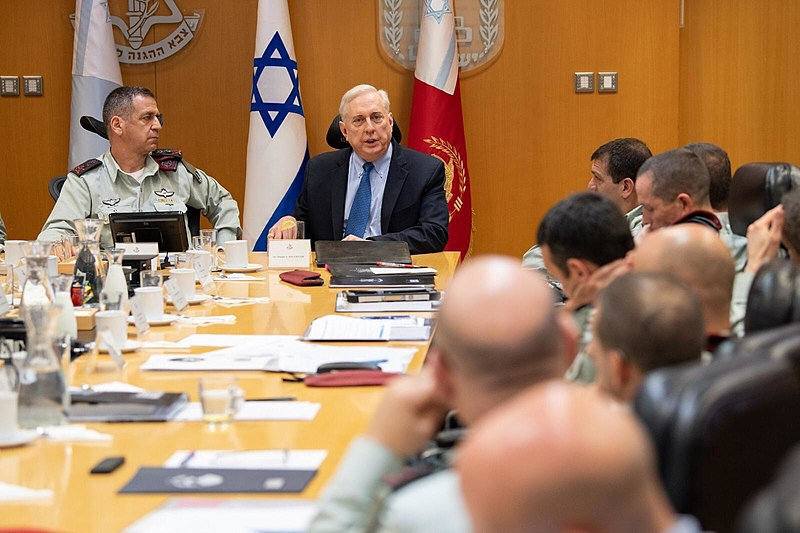
Image of Douglas Macgregor speaking to iof commanders at some kind of meeting.


Called it.
Yemeni Forces Unveil Advanced Home-Grown Autonomous Underwater Vehicle Al Ahed News
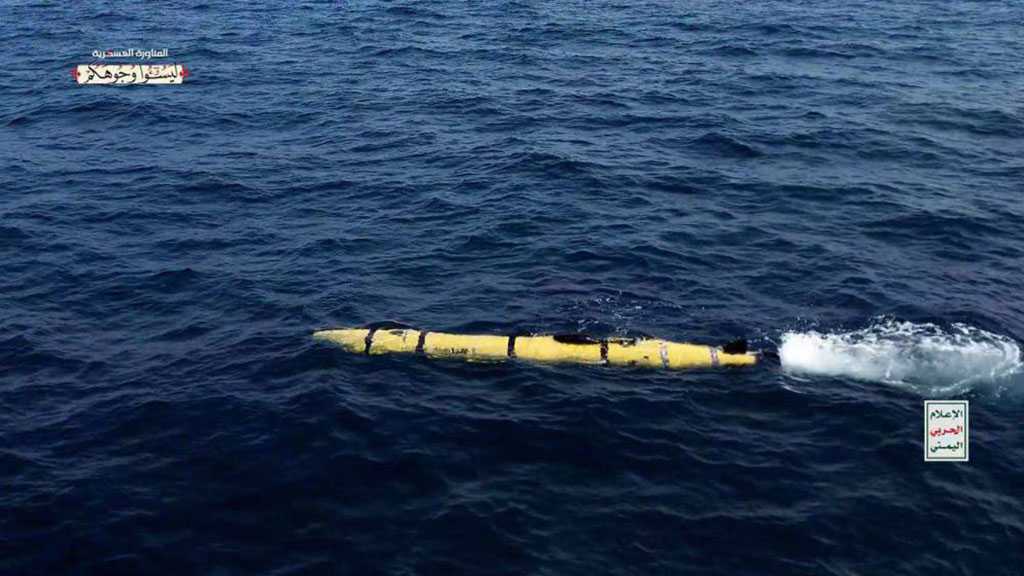
Named al-Qari’a [Calamity], the domestically engineered AUV was showcased during a naval exercise in the Red Sea on Sunday.
This new suicide AUV is poised to bolster Yemen’s military strength against maritime security threats, supporting the country’s efforts to safeguard its territorial waters and enabling Yemeni naval units to conduct more precise operations.
In recent months, Yemeni forces seized a US Navy REMUS 600 AUV off Yemen’s coast, which has reportedly been under study by Yemeni military experts and engineers. The midsized REMUS 600 AUV can reach speeds up to 5 knots [9.3 km/h] and operate for up to 70 hours at a cruising speed of 3 knots [5.6 km/h].


The liberals in the intellectual and political class in Iran have every reason to pretend that the impact was nothing because they are still under delusions that peace is possible. The internal contradictions in Iran are complicated. But it’s very clear that the Leader does not want the political class to waste the opportunity to deliver heavy blows to the enemy.
I cant speak to their military capabilities and I dont really think that we can speculate at this moment especially because there are a great number of tricks that the Resistance still has up their sleaves.
We shall see what happens.


I think Ayatollah Khamenei’s insight is, as always, spot on: “the enemies are trying to overstate the impact of the strikes, but downplaying them and saying they were insignificant is a mistake.”
I will say, after a year of seeing tens of thousands of Arabs being shredded due to US-zionist airstrikes, it is inspiring to see that the damage from this particular strike was so small and so much was intercepted.
Us-israeli deterrence is not anything like what it was and Iran is now a heavyweight in the field.


These people are literally imperialist spies.
Edit: i seriously can’t spell


English article from Fereshteh Sadeghi on the US-israeli attack on Iran last week.
The Iranian army later in the day announced the death of at least four officers, including a colonel, killed during Israeli air raids in Khuzestan. An informed source speaking to The Cradle on condition of anonymity reveals that the number of Iranian casualties is higher than what is officially being reported.
Details about the Israeli air raids or the extent of the harm to the Iranian military are unclear and patchy at best. Both sides have a vested interest in controlling the narrative: Tel Aviv to project power and deterrence, and Tehran to maintain an image of resilience and minimize perceived vulnerabilities.
Israel says it deployed over 100 F-35 fighter jets to conduct the offensive. However, an Iranian conservative lawmaker on Saturday morning claimed that the strikes in Tehran were actually carried out by small drones or quadcopters.
Hamid Rasaei wrote on his Telegram channel that “the Zionist regime’s agents in Tehran were involved in those attacks and Iranian anti-aircraft guns fired at those microdrones.”
The narrative in the west of the country was different. Images of an Israeli missile’s booster falling in Iraq’s Salahuddin province suggest Israel used the Golden Horizon Air launched Ballistic Missile to hit Iranian radars in the western belt of the country.
The use of Iraqi airspace by Israel was confirmed by the Khatam Al-Anbiya Air Defense Base. It has blamed the US military for allowing Israel to fire air-launched ballistic missiles into Iranian territory from 100 kilometers deep inside the Iraqi soil. No such permission had been granted from Iraqi authorities.
…
Although the official Iranian media have downplayed the extent and strength of the Israeli strikes, University of Tehran academic and political analyst Mohammad Marandi tells The Cradle that “it was a big operation on the side of Israel and actually a considerable one, as Israelis did harm Iranian radar and defense systems.”
Fouad Izadi points to a stellar performance by Iran’s air defense systems, in which “Iran was basically able to minimize the effect of this aggression” by Israel.
Marandi, who served as a consultant for the Iranian negotiating team at the last round of Vienna nuclear talks, agrees with the assessment that Iran’s air defenses performed well: “Iranians had conducted security and intelligence operations ahead of the strikes and succeeded in limiting the extent of damage by dummies and decoys as well as spreading misinformation about sensitive sites.”
As he tells The Cradle, the damage inflicted on Iranian military sites was not grave because “the possibility of a direct confrontation with the United States convinced Iranians many years ago to relocate almost all sensitive sites and strategic production facilities underground. Neither warplanes nor missiles are able to penetrate into those underground facilities.”
“What remains on the ground are small workshops producing missile spare parts and they are scattered across the country, but not near borders, that’s why the strike failed to leave a significant harm,” Marandi adds.


Really cool article about student resistance organizing written by a Palestinian former political prisoner about martyr-scholar-fighter Jihad Mughniyeh.
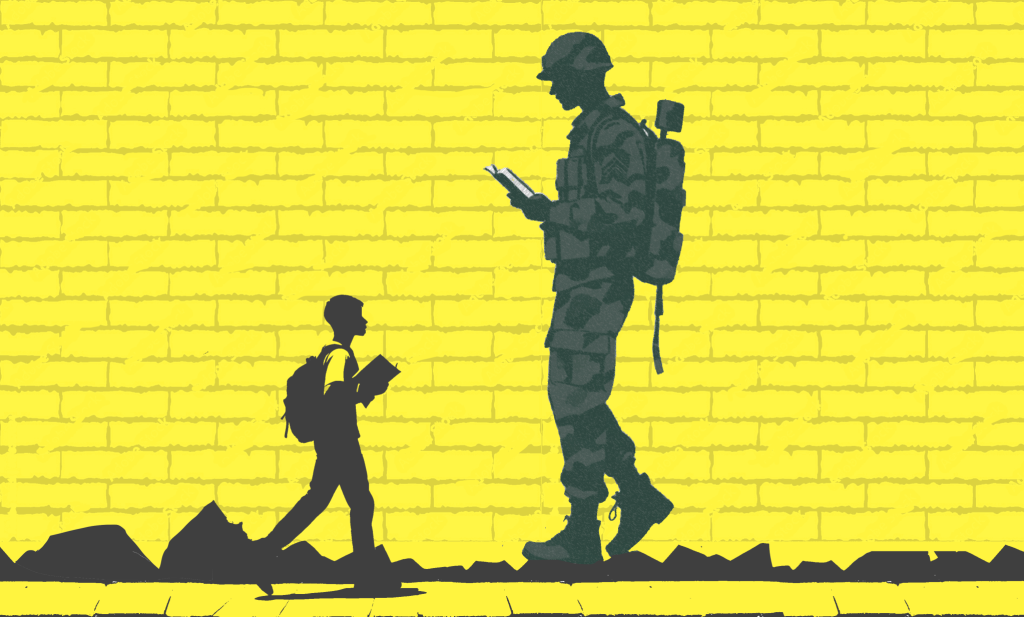
Between Two Fields: Jihad Mughniyeh, the Student Fighter by Fairouz Salameh
Excerpt:
The university was a necessity for him, and his perception of its role is clear in his statement: “There is an abundance of weapons, but the problem is in the person who will stand behind it; the battle today is a battle of minds, weapons, and technology. If we are not educated, who will carry the weapon? Who will develop this weapon and who will develop and keep up with technology? And who will represent the resistance in conferences and on media platforms? As resistance and liberation movements, we need individuals from various fields, just like those who fight with weapons on the front, so being in university is part of my mission in the liberation movement I belong to, whether the Islamic Resistance or others.”
Mughniyeh embodied the unity of words and actions, living out the principles he espoused. His call for “educated people who work” was not mere rhetoric; he led by example, excelling both in his studies and in resistance activities. He frequently reminded his peers, “I’m not telling you what you should do, but what we all must do. And I’ll be the first among you to do it.” This consistency set Mughniyeh apart and drew others to him, as his relationships were built on a foundation of fraternal camaraderie.
Mughniyeh built his relationships on a solid foundation of trust and honesty, building enduring bonds rather than passing acquaintanceships during a temporary stage. He dedicated most of his time to students, engaging with them both on and off campus, during and after class hours. His goal was to forge a sustained movement rather than just an administrative framework for student activism. While many of his university peers were solely focused on academic pursuits, Mughniyeh centered his efforts on the resistance cause, particularly the Palestinian struggle. Palestine was a constant theme in every gathering or discussion he held with his peers. During a 2011 session with students, as Mughniyeh mourned his father with tears, he realized he was mourning in the wrong way. He understood that true mourning and loyalty were not expressed through grief alone, but through actual fieldwork, of which he saw student activism as one of its noblest forms. Mughniyeh often shared this personal story with his fellow students, using it to strengthen their connection with those who had become martyrs, whether they had a direct relationship to them or not. His message was clear: honoring the martyrs meant activating their role within the resistance movement for which the martyrs had made these sacrifices.


A story in 3 images
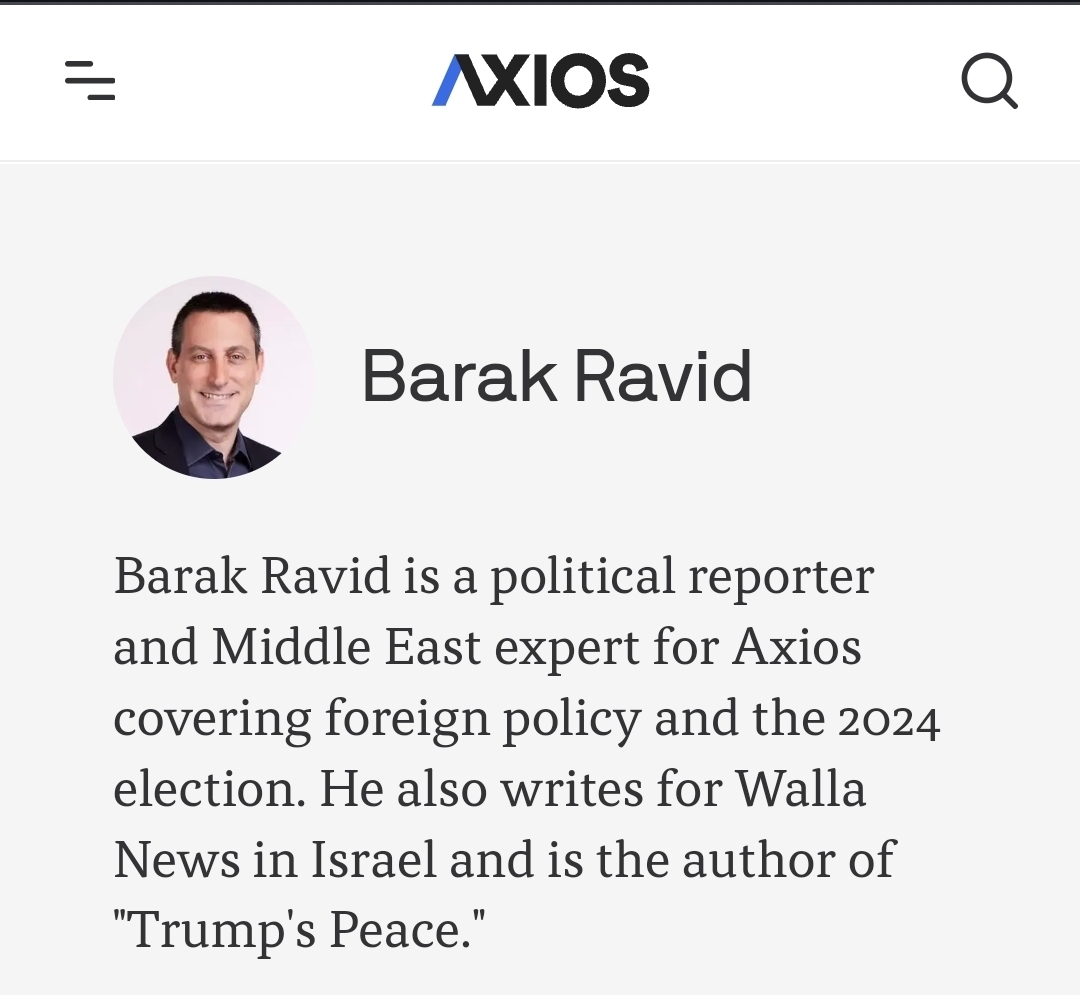
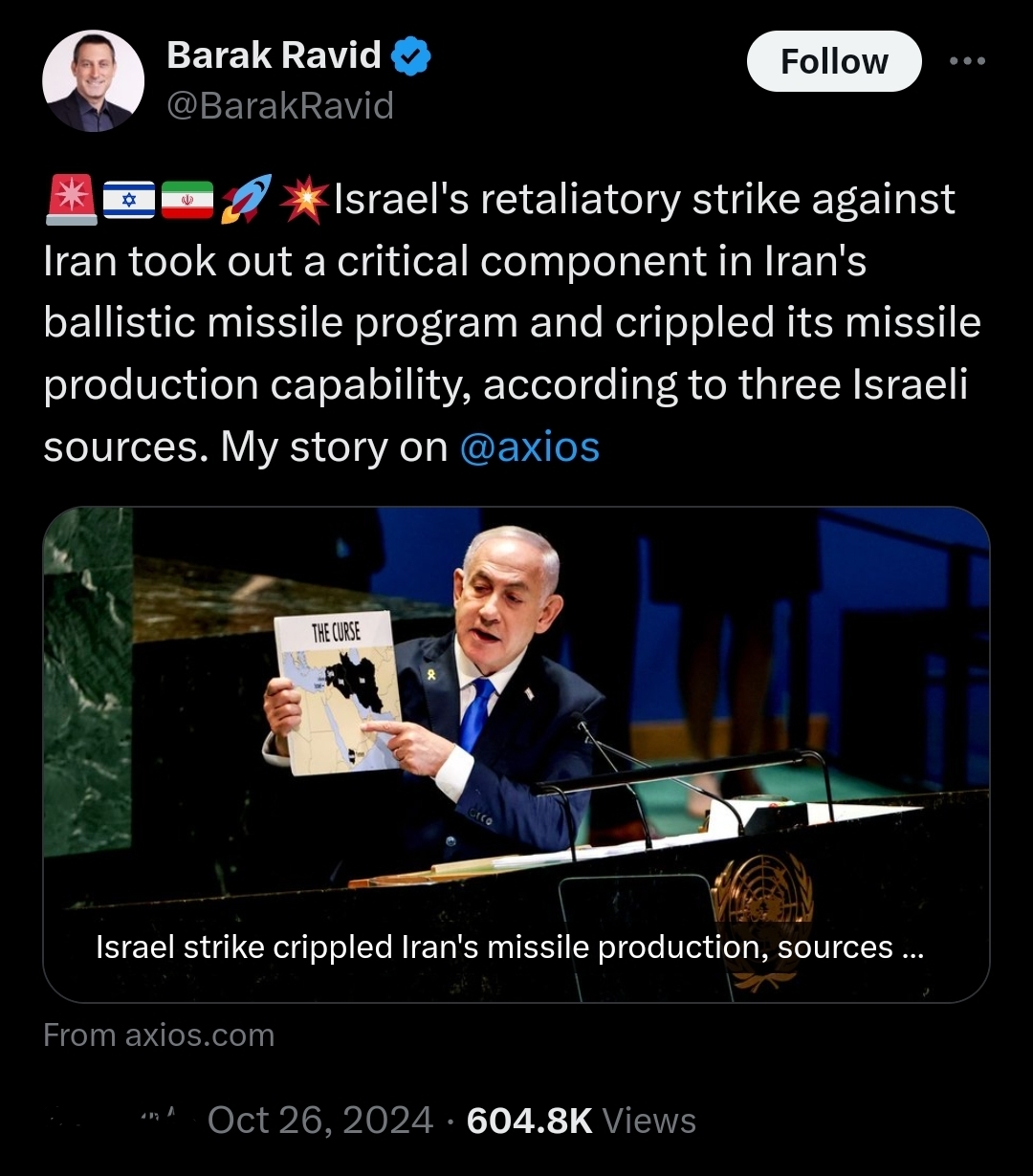
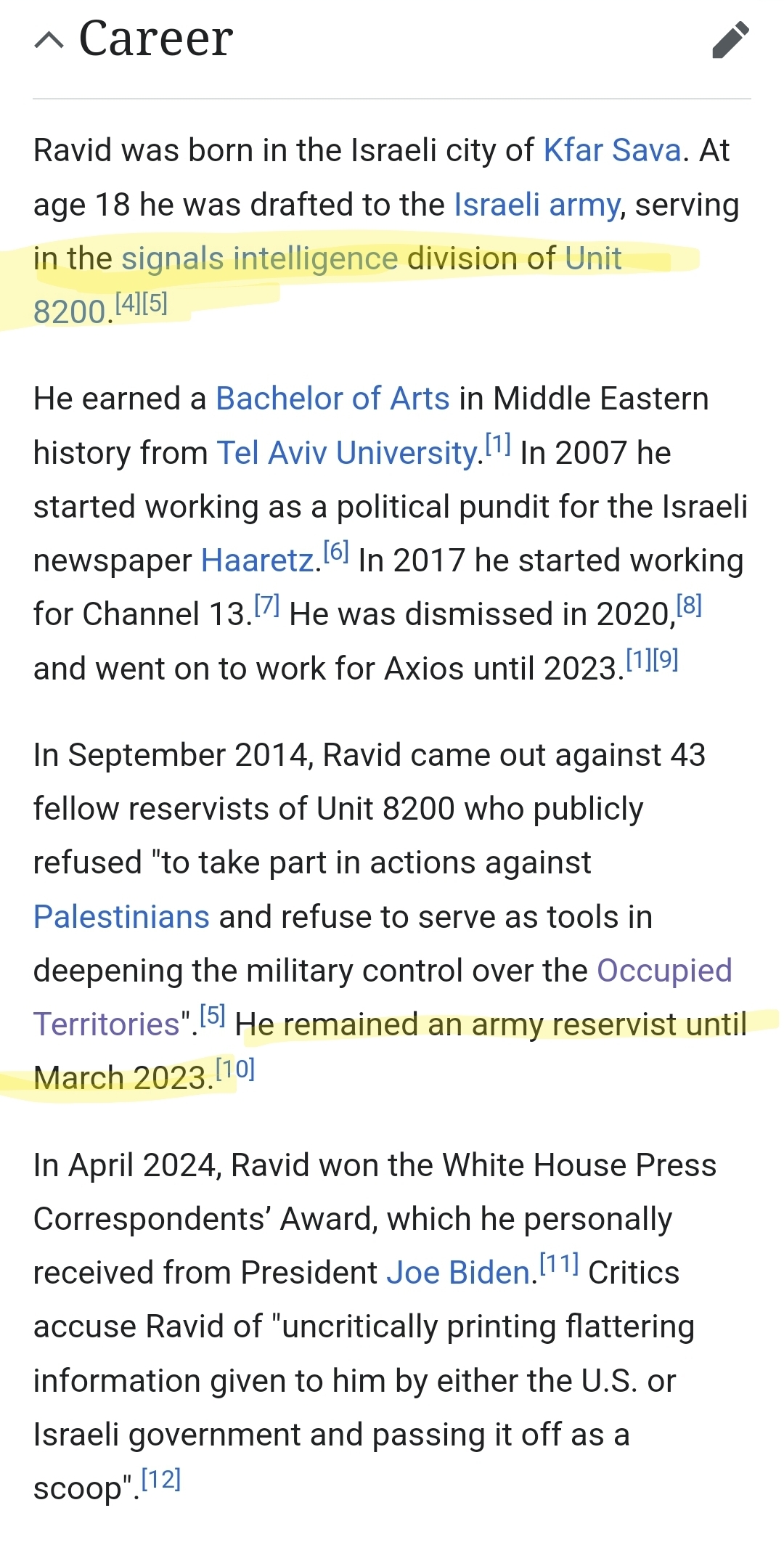


I wonder if they captured one from a US navy team back in January, then reverse engineered it over the last 9 months and now have these cool torpedos.
US Navy has a few diver propulsion vehicles and autonomous vehicles that look a lot like this.
Remus-600
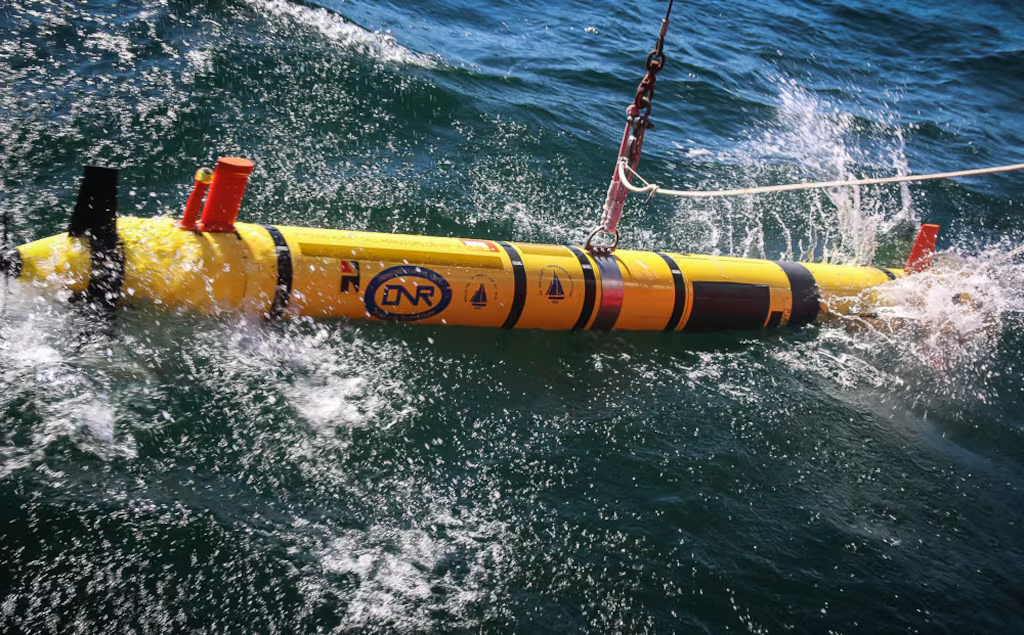
Bluefin-21
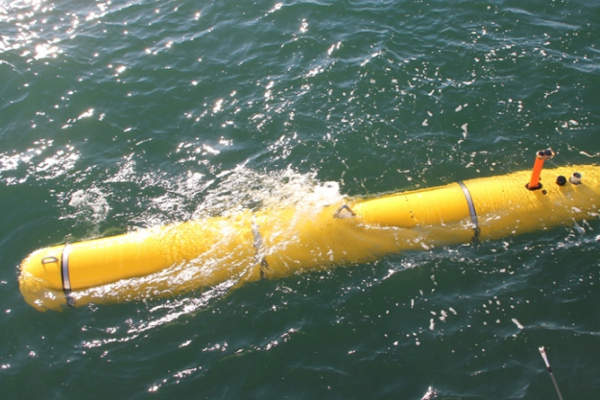

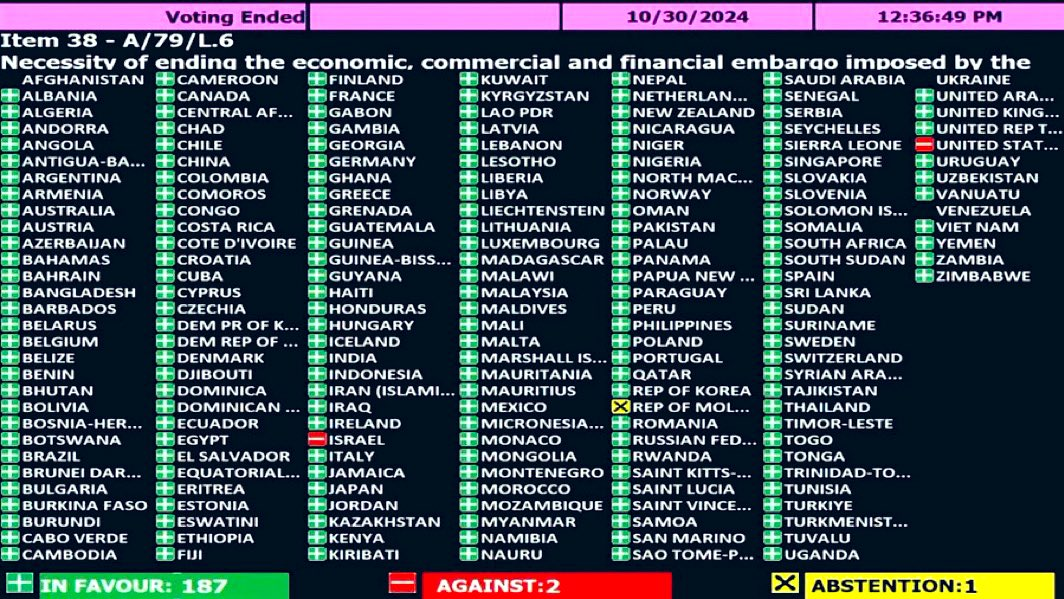
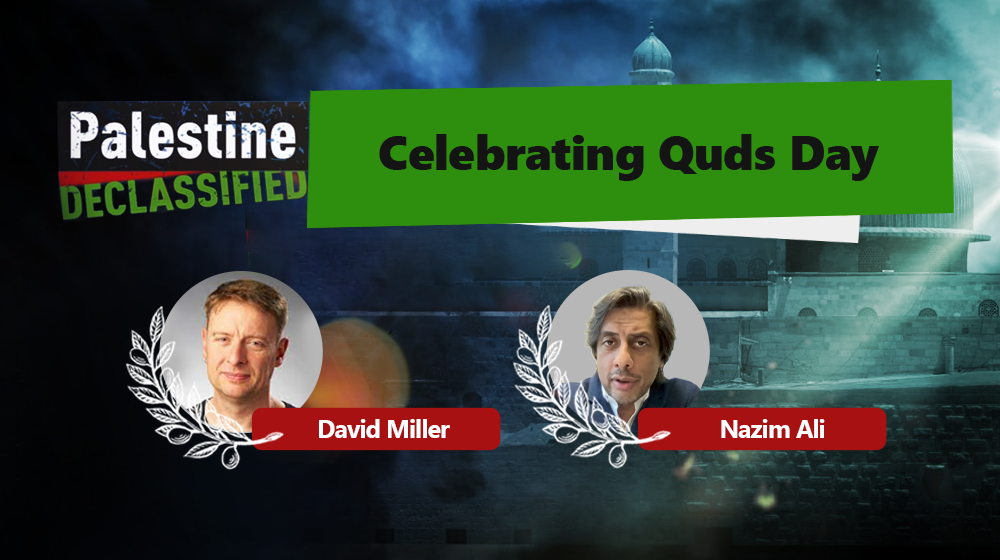
When I saw this video posted in Arabic chats I assumed the audio was faked because of how bizarre it is.